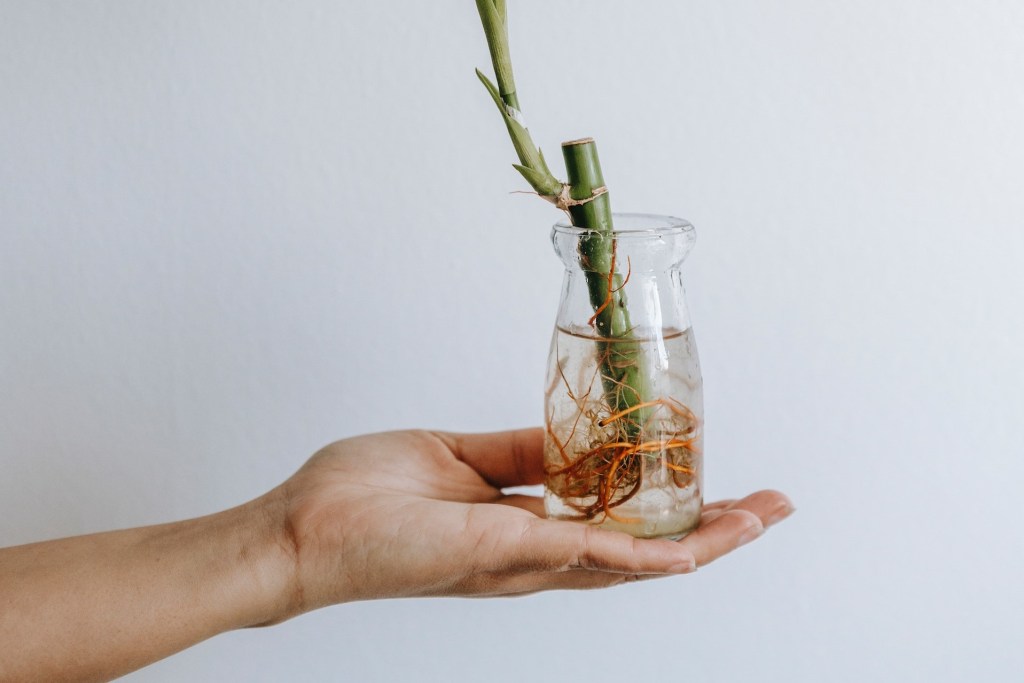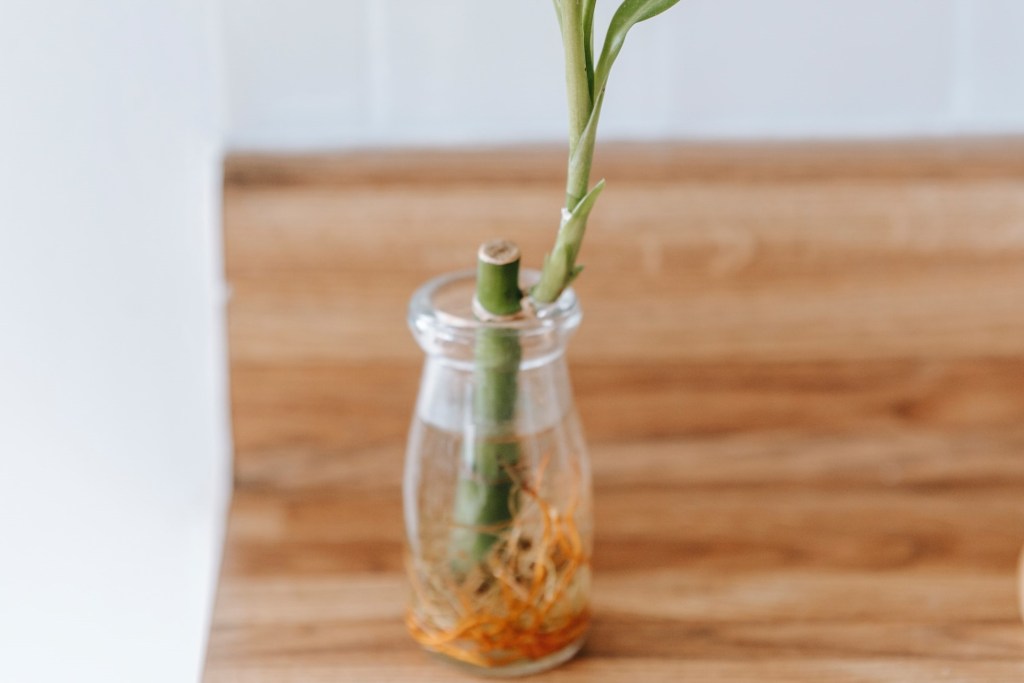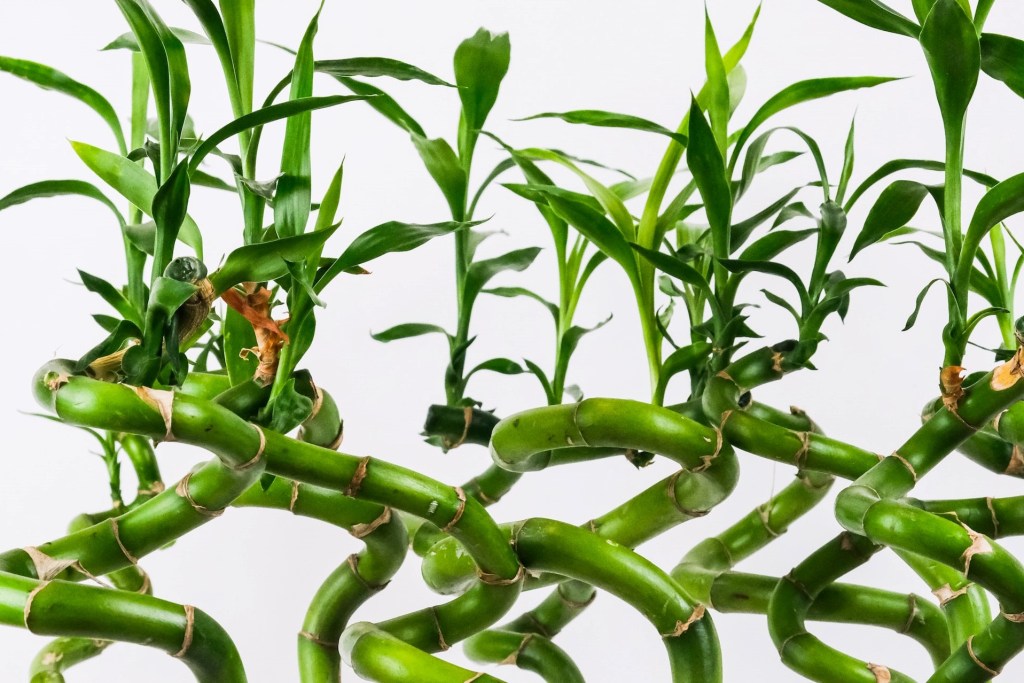Are you looking for a new and interesting plant to add to your home or office? Do you love the look of bamboo, but don’t have the space to grow it in your garden? Dracaena sanderiana, also known as lucky bamboo, might just be the right plant for you! Like most other dracaena varieties, lucky bamboo is a beautiful, relaxing, and low-maintenance houseplant. Here’s what you need to know to bring this stunning plant home with you!

What is Dracaena sanderiana?
Dracaena sanderiana may look a lot like bamboo, but don’t be fooled! Lucky bamboo is not closely related to true bamboo at all. In fact, it’s not even native to Asia. Dracaena sanderiana is native to central Africa, and it’s actually a member of the asparagus family.
Lucky bamboo can grow up to 5 feet tall, and it typically won't reach its full height when grown indoors. This makes Dracaena sanderiana a perfect plant to add to any relaxing Japanese-style garden if you’re short on space. Additionally, this plant is easy to care for, making it a great choice for beginners.

Growing lucky bamboo in water
Lucky bamboo looks elegant when grown in water. Here’s what to do:
Step 1: Choose a container that's wide enough for the roots and tall enough to keep from tipping over.
Clear containers are also popular, as they let you view the roots as they grow.
Step 2: Remove your lucky bamboo from its pot, brush the dirt of its roots, and give the roots a rinse.
If you’re transplanting your lucky bamboo from soil to water, you need to clean the roots. Otherwise, your bamboo will be sitting in dirty water, which increases its chances of developing a fungal infection.
Step 3: Place your lucky bamboo in the container.
You can add pebbles to help hold it up or as decoration, if you like.
Step 4: Add enough room temperature, chlorine-free water to cover the roots.
Step 5: Replenish or replace the water once a week.
This is a good time to clean the container, as well.
Step 6: Place your lucky bamboo in indirect or diffused sunlight.
Step 7: Add a liquid fertilizer to the water once a month to every other month.

Growing lucky bamboo in soil
Follow these steps to care for your Dracaena in soil:
Step 1: Choose a pot with drainage holes.
Step 2: Plant your lucky bamboo in rich, well-draining soil.
Step 3: Water frequently, but lightly, and with low-chlorine water.
Lucky bamboo needs consistently damp soil, but can develop problems in soggy or muddy soil. Additionally, it's sensitive to chlorine.
Step 4: Place your Dracaena sanderiana in diffused or indirect light.
Direct light can burn the sensitive leaves.
Lucky bamboo is a great choice for gardeners of all experience levels who are tight on space or love a classic aesthetic. It makes an excellent desk plant, but you can also let it grow to its full height if you need to fill space. You can grow it indoors or out, and in water or soil. Try planting Dracaena sanderiana today, and maybe you’ll get lucky!
Editors' Recommendations
- Everything you need to know about trailing succulents care for lush, thick growth
- How to pick the perfect orchid pots for healthy blooms
- Beyond basil and cilantro, add these unique plants to your indoor herb garden
- Beautiful, low-maintenance pothos varieties to add to your plant collection
- 5 easy-care spider plant varieties perfect for any home garden




